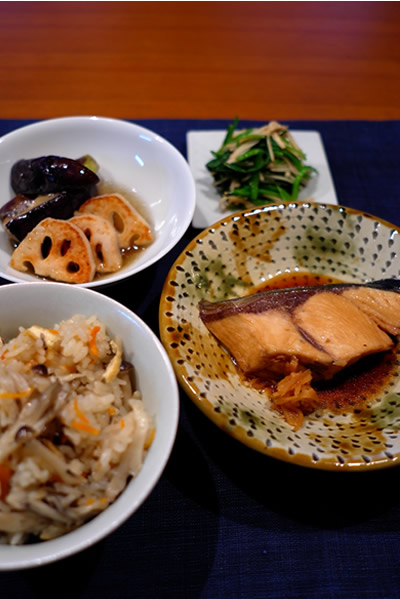Frustrating, awkward, and culturally shocking. At least that`s how my community project started. Or I guess, that`s what I had to go through to truly understand the `Japanese experience`.
Frustrating. Starting my community project, I thought everything was going to be straightforward. I was to come in on Wednesdays from 1:00 – 3:00 to the classes Mr. Ueno assigned to me. But after the first day of volunteering, Mr. Ueno informed me that the following Monday was a holiday and the students were also taking the Monday after that off because of a Sports Festival. I realized that Mondays were a convenient day to have tests and holidays. Therefore, I was frustrated that I couldn`t come to help at the Middle school more. I tried to come on another day of the week but couldn`t because I had KCJS classes. Even more, I ended up changing which classes I helped with. The teachers were confused as to which classes I was helping with on that particular Monday, as well as not knowing when a class was moved to the morning instead of having it in the afternoon.
Awkward. Because I was only able to come a few days, I was not able to get to know the students well. It was also because we were both shy to talk to each other because of the language barrier and because there were over 60 students, too much to know one another. Therefore, when I arrived early I did not know how to occupy myself. The students would stare at me shyly. I would try starring at the wall as if it was the most interesting wall in the world. When I stepped into the classroom, the students were in their cliques, so I felt intrusive if I joined their conversations. They also did not remember who I was or my name at times. I felt very much like an outsider, and it was very hard for me to become an insider especially with the language barrier and the age gap.
Culturally shocking. When I came to Japan, I expected to be disappointed that all I had read in mangas and seen in anime were going to be proved wrong. They were nothing but stereotypical representations of Japanese culture. Instead, I found myself surprised that the Japanese students were similar to what I had read and seen. The uniforms were the same, the personalities were the same, and even the rituals (such as the awing when someone from a different class came to visit) were the same. I also found it hilarious when, once, I turned back from talking to Mr. Ueno, the boys were changing their clothes to go to PE in front of me. They didn`t seem to mind my dropped jaw as they happily skipped out of the room. Furthermore, the Japanese language itself made me upset when I realized the students were speaking to me in des/mas form. It further isolated and labeled me as a ‘soto’ stranger.
Despite these overabundant emotions, overall I had a wonderful time. I gained much experience and started to become a part of a Japanese community, something I could not have experienced in America. It was very interesting to observe Mr. Ueno and Mrs. Ogaya teach English. Mr. Ueno was nice and informal with his students. He liked showing movies and examples of American culture to his students. Mrs. Ogaya was fast, efficient, and playful with her students. In her classroom, we played bingo and sang jingle bells to keep up with English. When both teachers taught grammar, they related structures to Japanese grammar. This confirmed my reasoning to learn Japanese; teaching English can be more efficient if you know the language of your students. Oppositely, the classes were mostly taught in Japanese, which I found counter-active to the students’ learning process. Students mostly spoke Japanese and had little time to practice speaking English.
As time passed, I also learned how to deal with the problems I had at the beginning of the community project. I explained to Mr. Ueno that I would like to know when I would be helping out and he sent me schedules of when and with which classes I would help with. To avoid awkwardness, I tried to come exactly on time to classes (which isn’t exactly a solution, but oh well). When I was early, I would shop around the area before going in. One time though, I was late to class and was very apologetic. During passing time, I would go to the bathroom (sigh, quite sad I know) or try to make conversation with some students in the classroom (yay). Although des/mas form made me upset, it made me even happier when the kids used plain form with me. As suggested by one of the other helpers at the middle school, I signaled to them that it was okay to use plain form with me by using plain form with them too. This was hard for me since I am so used to speaking formally. The ending of my community project felt like it was just the beginning. I had finally gotten into the uchi, communicating well and joking with the students. Mrs. Ogaya was sad to see me go. This experience has motivated me even more to become a teacher.


